Wishing to trade a large amount of crypto despite having limited funds? Margin trading in cryptocurrency may present an opportunity for you.
Margin trading is a form of trading by utilizing the funds made available by a third party. In comparison to regular trading accounts, margin accounts enable traders to have access to a larger amount of capital, making it possible for them to leverage their positions. Margin trading essentially enhances trading results so that traders can make bigger profits on winning trades. The ability to amplify trading results has made margin trading a popular tool, particularly in the forex market. As such, it is also increasingly preferred in the cryptocurrency market.
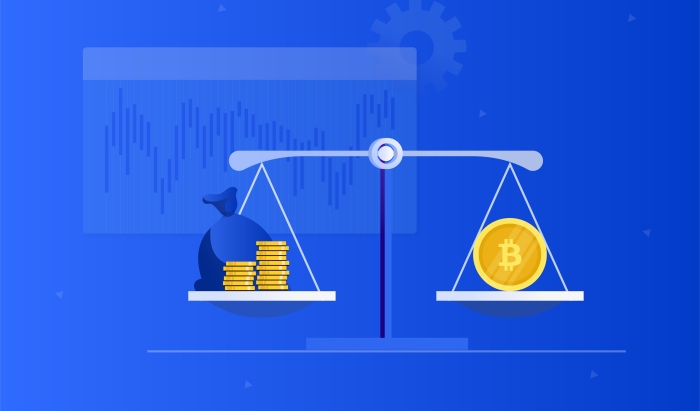
In traditional markets, the third-party funds used in margin trading are usually provided by an investment broker. But, it is a different case in cryptocurrency trading. The funds are made available by other traders who earn interest based on the level of market demand for margin funds. Some cryptocurrency exchanges may directly provide funds for margin trading to their traders. but this is uncommon.
How Does Margin Trading Work?
For a margin trade to be initiated, the trader will have to provide a certain percentage of the total order value that serves as the initial investment. This initial investment is referred to as margin and it is usually implemented in conjunction with the concept of leverage. In other words, margin trading accounts are used for creating leveraged trading with the leverage serving as the ratio of borrowed funds to the margin.
For instance, to open a $200,000 trade at a leverage of 10:1, the trader will have to commit $20,000 of their trading capital. Generally, the leverage rates and the rules guiding the use of leverage vary from one trading platform to another and differ depending on the market. For example, in the stock market, the typical leverage rate is 2:1 while futures contracts tend to trade at a leverage of 15:1.
When it comes to forex brokerages, margin trades tend to be usually leveraged at a ratio of 50:1, but some make higher leverage ratios available such as 100:1 and 200:1. Yet, for cryptocurrency markets, the leverage ratios typically range from 2:1 to 100:1 with the trading community more often than not using the term 'x' to represent leverage such as 2x, 5x, 10x, 50x, and so on.
See also: List of Cryptocurrency Exchanges Offering Margin Trading
Margin trading can be used for opening both long and short positions. A long position is opened based on the assumption that the price of an asset will go up, while a short position gets opened on the assumption that the price of an asset will fall. During the period that a margin position is open, the assets of the trader are used as collateral for the borrowed funds.
This is an important aspect of margin trading that traders need to be aware of and understand because most exchanges hold the right to force the sale of these assets if the market moves against the trader (whether below or above a specific threshold).
For example, if a trader should open a long leveraged position, they could be margin called if there happens to be a significant drop in price. A margin call is when it is required for a trader to deposit more funds into their margin account so that the minimum margin trading requirements can be met.
If the trader is unable to make the required deposit, they stand to forfeit their assets as their holdings will be liquidated automatically to make up for their losses. Usually, this occurs when the total value of all the equities in a margin account, also referred to as the liquidation margin, falls below the total margin requirements of a particular exchange.
What is Margin Trading in Cryptocurrency?
Simply put, margin trading is the act of borrowing funds to leverage the bet made by a trader on a specific crypto asset. This means the trader is taking an extra risk for the potential of getting an extra reward. As a trader, this is something you only do when you think that the odds of the market are in your favor.
With margin trading, you can purchase $20,000 worth of Bitcoin with just $4,000; it means you will be borrowing 80% or leveraging your position at 5:1 or 5x. In this case, you put down $4,000 and then automatically borrow the remaining $16,000 from a lender (could be either from other traders or the exchange itself).
Later, when you sell the assets, you will pay back the loan with an additional fee that is the interest on the money borrowed. Some exchanges may not require fees, which is why you need to examine the terms and conditions of margin trading stated by an exchange.
Utilizing margin trading holds more risks than regular trading, but the risks are even higher when trading cryptocurrencies due to the high levels of volatility. Since this is a common condition of crypto markets, you are advised to be very careful as things can quickly get out of hand. This is why adequate knowledge is required and a little bit of experience before a beginner can try their hands on margin trading.
The ability to carry out effective analysis of charts, identify trends, and find good entry and exit points will not necessarily eliminate all the risks of margin trading. Still, they may help lower your risks against the uncertainties in the cryptocurrency market.
Therefore, before leveraging trades via margin trading, you should develop a solid understanding of technical analysis so that you can acquire extensive trading experience in crypto margin trading.
Aspects of Crypto Margin trading
Exchanges Offering Margin Trading
Numerous exchanges offer margin trading, including ByBit, Kraken, Binance, FTX, BitMEX, and Bitfinex. There is also the option for traders to use DEXs, CME, crypto futures, or even simulate a margin position by utilizing options to leverage their capital on sites like Deribit.
However, customers in the United States that wish to be on the safe side will have fewer options in terms of exchanges where they can use margin trading for cryptocurrencies (as the available exchanges to them are currently limited to Kraken and FTX.US).
Residents of other countries have plenty of options they can choose from to utilize crypto margin trading. The exchanges also have different trading fee discounts and other signup bonuses.
Meeting Criteria
Most exchanges have strict specific criteria that are laid out for traders who have an interest in using margin trading. Only traders that meet the criteria that will have access to it. Even so, some exchanges are more flexible and will provide their clients with access to margin trading as long as they have sufficient funds and go through basic verification. These kinds of exchanges are suitable for beginners that are new to the world of crypto margin trading.
For instance, Binance provides traders with margin trading as long as they complete the verification process, whereas FTX.US requires traders to undergo an advanced verification process. Traders are also expected to have assets that are worth at least $100,000 and fulfill some other capital requirements.
That invariably means that without being an accredited trader or having access to a solid amount of capital, either individually or via a partnership, a trader will not be able to do margin trading on FTX.US. Binance, on the other hand, offers margin trading to a wider range of traders.
Fees
When it comes to margin trading, you have two options to maintain a margin position: you either pay or get paid. This is determined by the prevailing "funding" rate. Rates are completely peer-to-peer and are dependent on factors like the premium between the spot price and the futures price of an asset. The funding determines whether the longs will pay shorts and vice versa. The funding is usually calculated hourly.
See Also: Top Crypto Exchanges Providing Low Fees
Funding is interest owed (or received) along with trading fees (which are usually paid on the full borrowed position of the trader, rather than on the amount of capital put up by the trader to fulfill the margin requirement). There is also the option of traders deciding to lend funds to margin traders, thus allowing such traders to earn a passive income via the current funding rates. This may be a good option for beginners to explore.
Merits and Demerits of Margin Trading
The most obvious merit offered by margin trading is that it can enable you to generate a larger amount of profit due to the trading positions having a greater relative value. Another benefit that margin trading offers is diversification as it allows you to open multiple positions with relatively small amounts of investment capital.
Furthermore, a margin account can make it more convenient to open positions rapidly without needing to move large amounts of money into your account.
Despite its multiple upsides, margin trading does have some downsides. The most obvious one is the potential to amplify losses just as much as it can enhance profits. It is somewhat of a double-edged sword that can cut both ways. With margin trading, there is the possibility for traders to experience losses that exceed their initial investment. This is why it is generally seen as a high-risk trading method.
Depending on the level of leverage utilized in a trade, a slight drop in the market price can bring about significant losses. This is why cryptocurrency investors that decide to make use of margin trading must employ appropriate risk management strategies, along with risk mitigation tools like stop-limit orders. This way, their risk exposure is reduced and they become less susceptible to large losses.
Margin Funding
For beginners who do not feel confident enough or lack the risk tolerance to engage in margin trading themselves, there is another method. They can earn profits from the leveraged trading methods, a concept known as margin funding.
It can also be referred to as margin lending. As briefly mentioned earlier, it is available on some cryptocurrency exchanges where users can commit their money to help fund the margin trades of other traders.
The process usually follows specific terms and generates dynamic interest rates. Once a trader accepts the laid-out terms and takes up the offer, the provider of the funds has a right to repay the loan along with the interest that has been agreed upon.
While the details of the process may vary from one exchange to another, one common denominator in this scheme is the fact that risks associated with providing margin funds are relatively low.; leveraged positions can always be forcibly liquidated to stop excessive losses.
Closing Thoughts
Beginners need to be careful since they might have to "turn off margin trading" if "margin trading is on" when they first become a client of a cryptocurrency exchange. This will stop them from "making a leveraged buy on margin" (which could be disastrous) unknowingly when they are still learning cryptocurrency trading.
On the other hand, when traders need to qualify for margin trading, they might have to turn it on once they have been deemed qualified since in this case, the margin option will have been turned off by default.
Without a doubt, margin trading is an excellent tool for traders that are looking to enhance the profits of their winning trades. To be honest, every investor is always trying to find an edge in whatever investment they find themselves in. Margin trading provides that edge to crypto traders. If utilized appropriately, the leveraged trading that is offered by margin accounts can greatly enhance the profitability and good diversification of your crypto portfolio.
Nevertheless, as mentioned earlier, this method of trading can also multiply the losses while at the same time involving a higher level of risks. This is why it is usually recommended for traders that are highly skilled. But, beginners can also use it as long as they have the right knowledge, skills, mentor, and choose a crypto exchange that suits their strategies and financial goals.

 Dedicated FREE FOREX VPS
Dedicated FREE FOREX VPS Free FOREX Virtual Private Server
Free FOREX Virtual Private Server MT4 Demo Contest, Get $500
MT4 Demo Contest, Get $500 Sign Up for an Account, Claim 60% Deposit Bonus
Sign Up for an Account, Claim 60% Deposit Bonus Free MT4/MT5 VPS 2024
Free MT4/MT5 VPS 2024 Send E-mail and Get Free Merchandise
Send E-mail and Get Free Merchandise $1K Refer a Friend Bonus for Pepperstone Pro clients
$1K Refer a Friend Bonus for Pepperstone Pro clients Maximize Your Earnings with 100% Deposit bonus
Maximize Your Earnings with 100% Deposit bonus Trade to Win, $5,000 Monthly Demo Contest
Trade to Win, $5,000 Monthly Demo Contest Claim 30% + 15% Deposit Bonus from LiteFinance
Claim 30% + 15% Deposit Bonus from LiteFinance
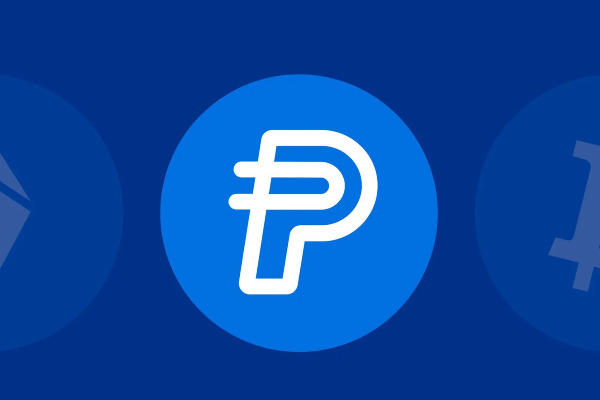
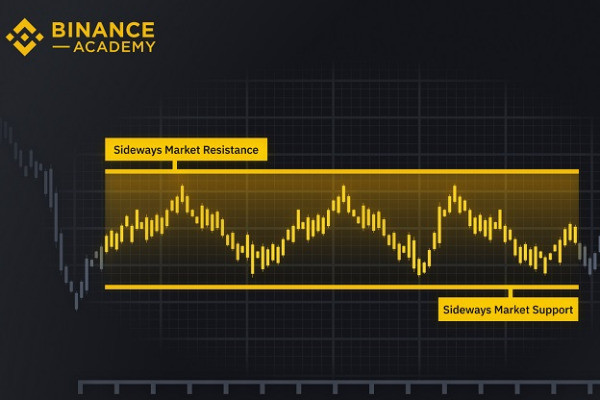
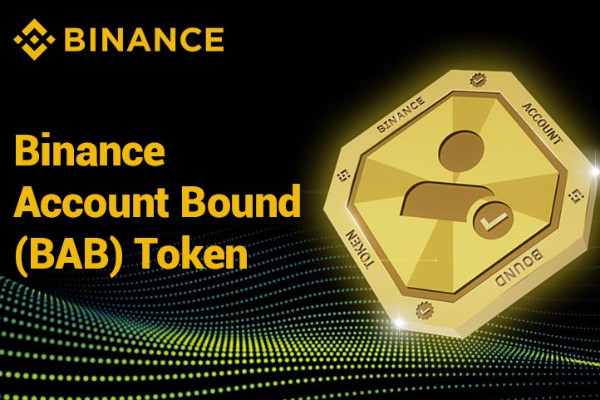
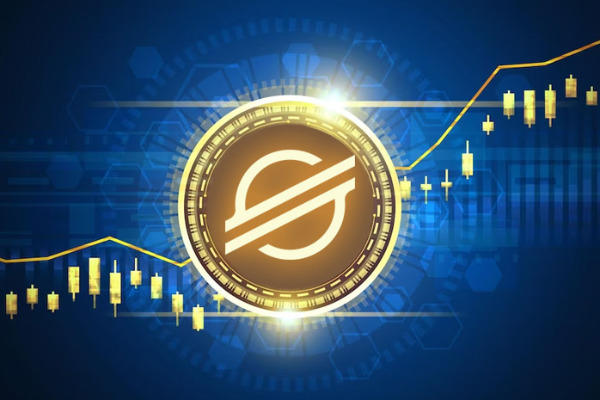
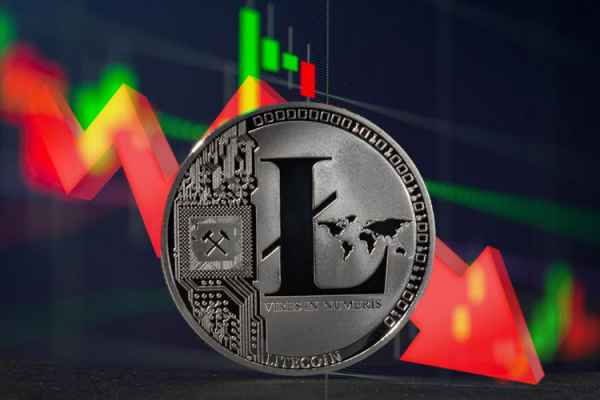

 Bitcoin
Bitcoin Ethereum
Ethereum Tether
Tether BNB
BNB Solana
Solana USDC
USDC XRP
XRP Dogecoin
Dogecoin Toncoin
Toncoin Cardano
Cardano